CauKazEthnoexp. V. Georgia. TbilisiMap
July All the border checkpoints in Georgia are standardized; they may not look glamorous, but they’re quite functional. Our expedition was held at the Georgian border for three hours by guards of a new generation wearing American-type uniforms. No rudeness, no bribes—just dumb bureaucratic indifference. Three hours later, we received the go-ahead and the border guard uttered the new-generation phrase: “Welcome to Georgia!”
I should add that literally two days later, some changes took place in the country: President Saakashvili publicly raked the border guard service over the coals for being unfriendly towards tourists. And the three remaining times that we crossed the Georgian border during the expedition, the whole process took no longer than In other words, the country has changed and continues to change. TbilisiMap
I hadn’t been here in 8 years (see the report from 2002). Last time, there wasn’t a single decent hotel in town, the lights were all out at night, smoke from wood-burning stoves rose from the houses, and everything was basically in decay. The city has changed since then and looks much nicer. 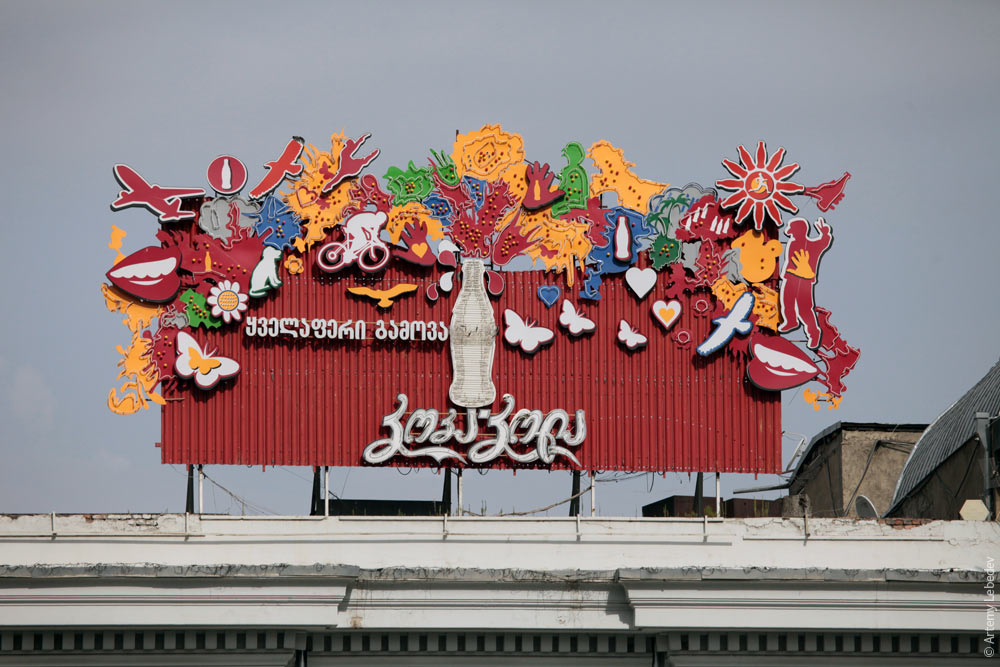 The TV tower, which used to look like a set for a film about nuclear war, now has a fresh coat of paint and intact windows. Myriads of lights have been installed on it, making it the city’s main nighttime attraction (the TV towers in Baku and Yerevan have light shows at night as well). 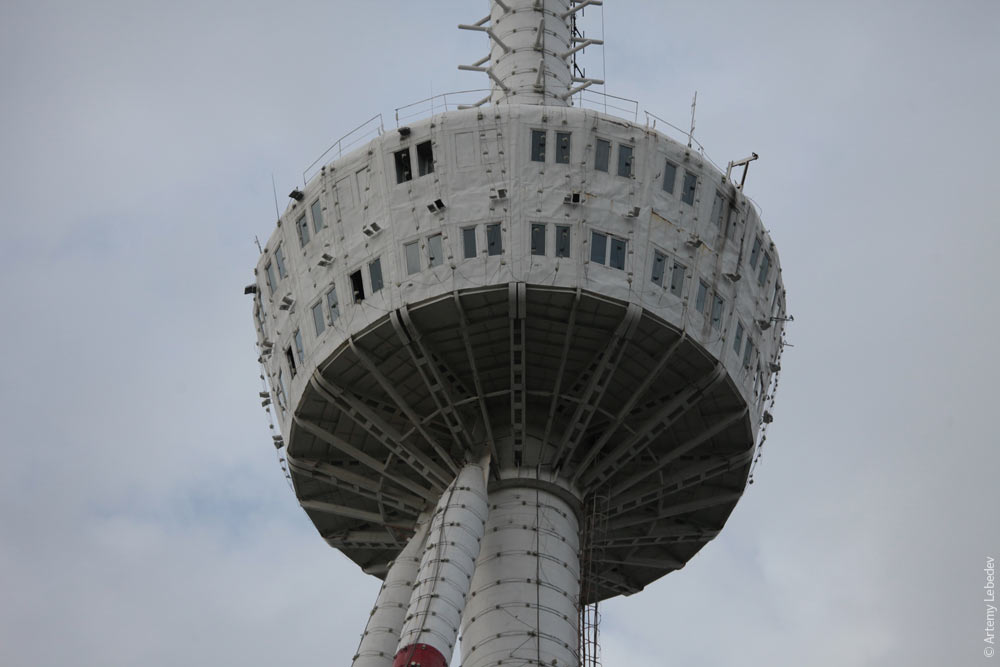 Non-functioning payphones haven’t been taken down yet. 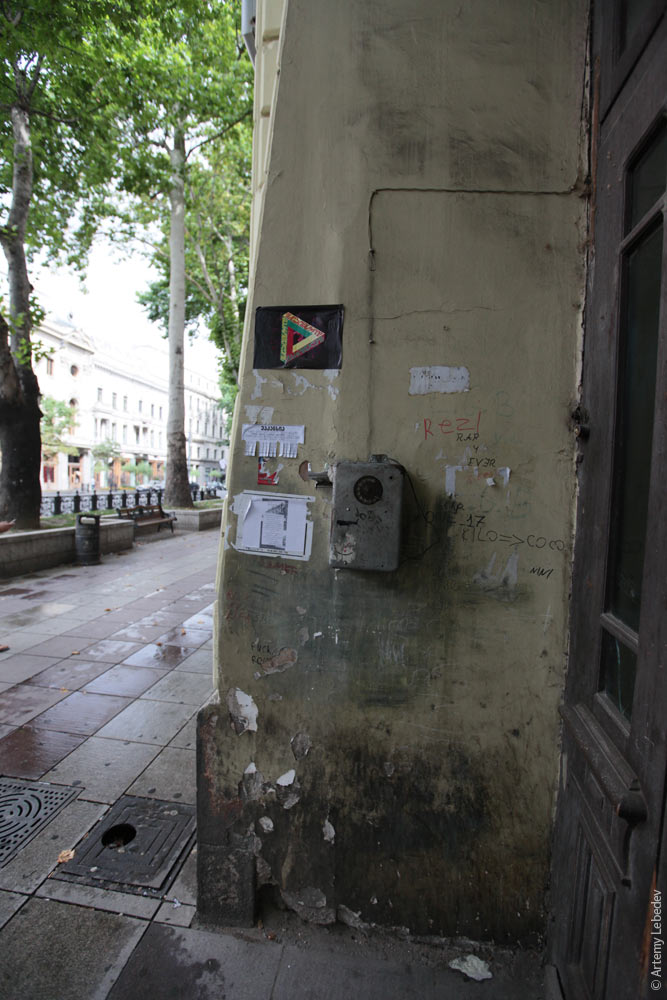 One of the most fascinating buildings erected during Soviet times sits abandoned. 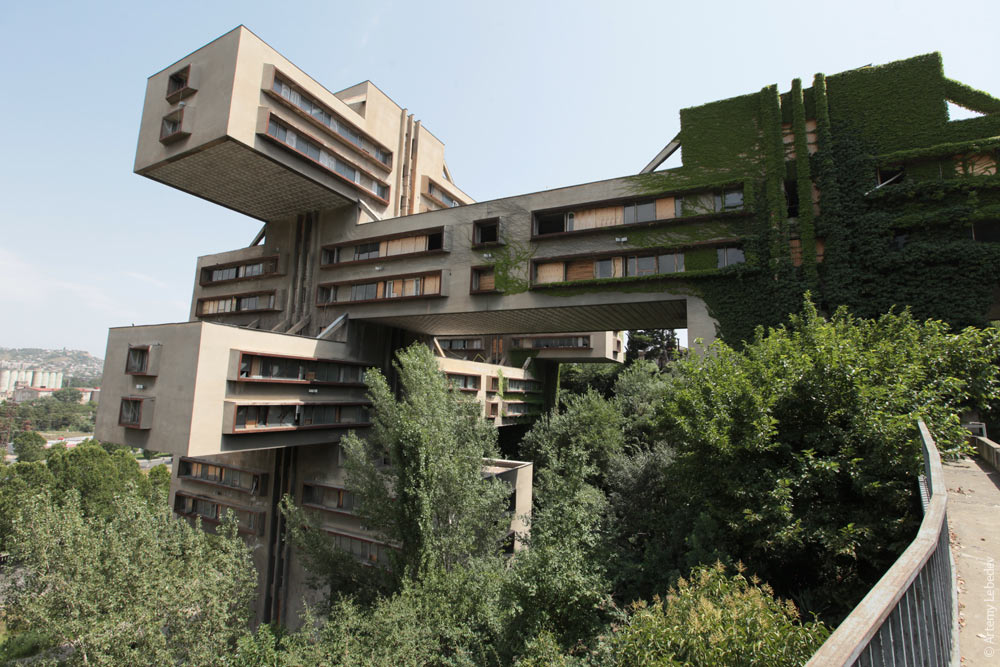 Local stores sell anti-Russian postcards. 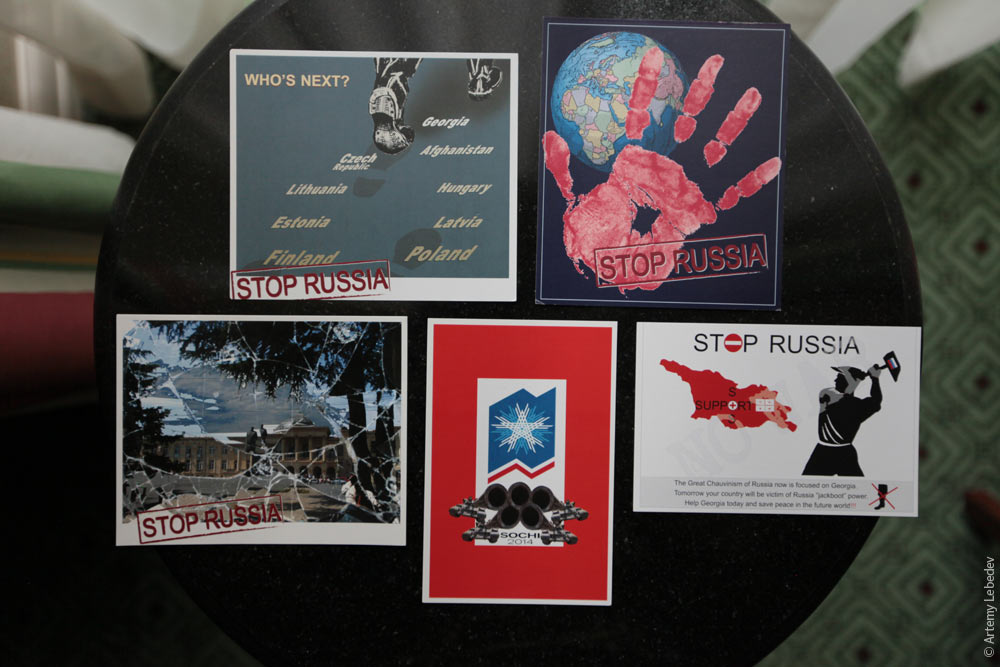 The Georgian Soviet Socialist Republic emblem has been chipped off the façade of the main government building, leaving just the cockade. 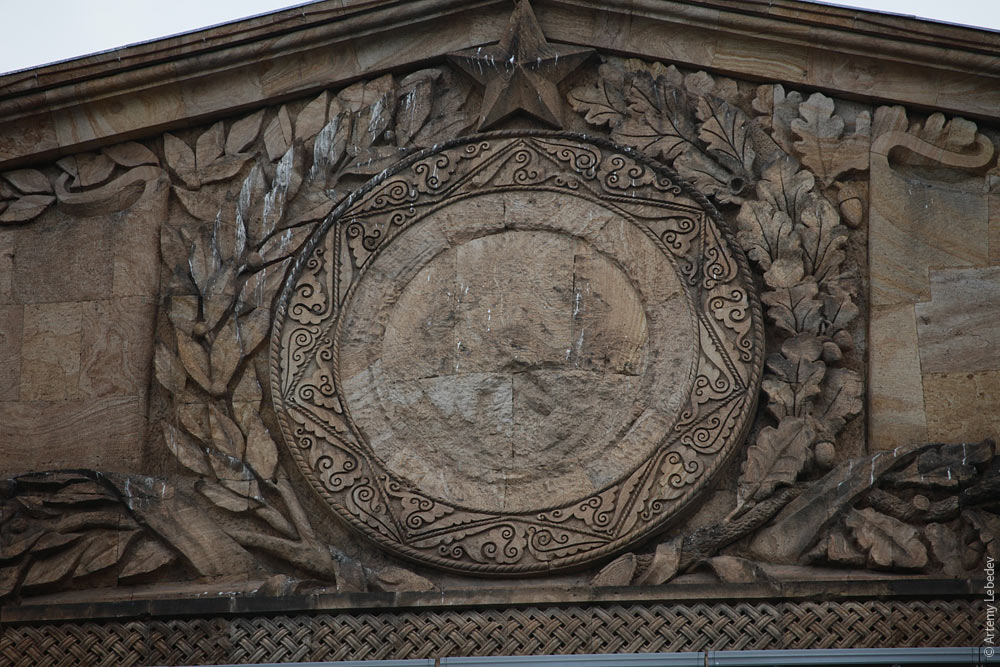 Upon coming down to my hotel lobby in the morning, I discovered an announcement for a joint seminar held by the United States Department of Justice and the Ministry of Justice of Georgia. 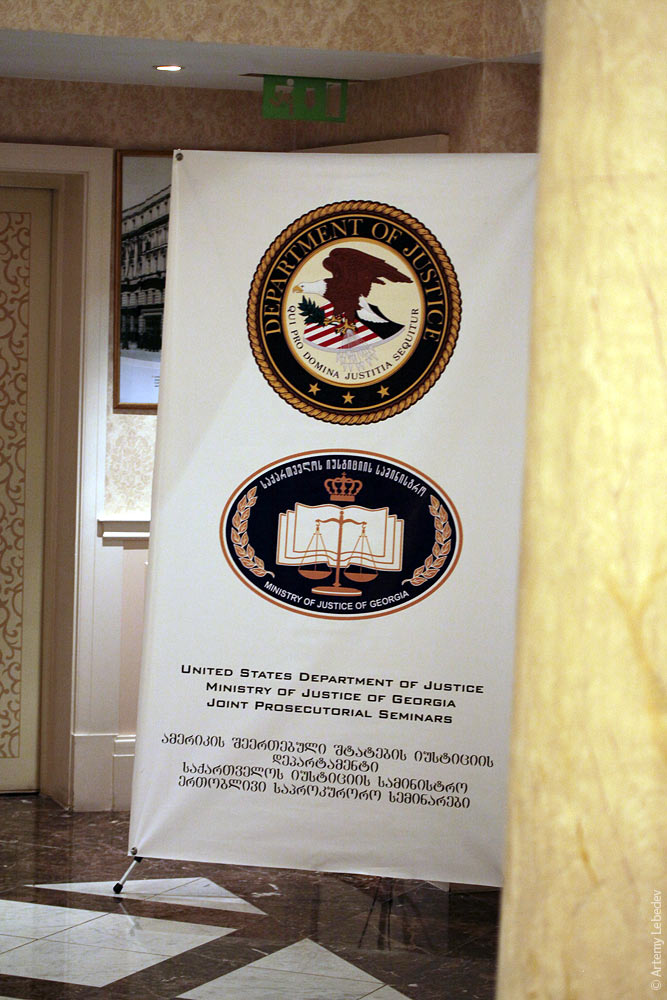 Georgians slowly adopt Western habits. 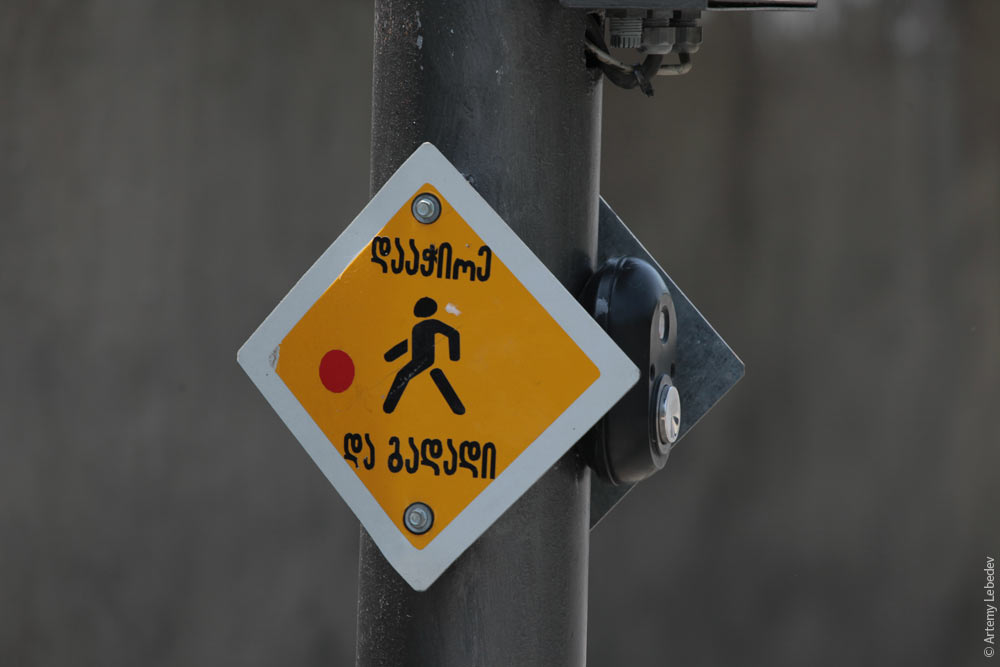 They now park their cars in specially marked parking spots, like in Switzerland. 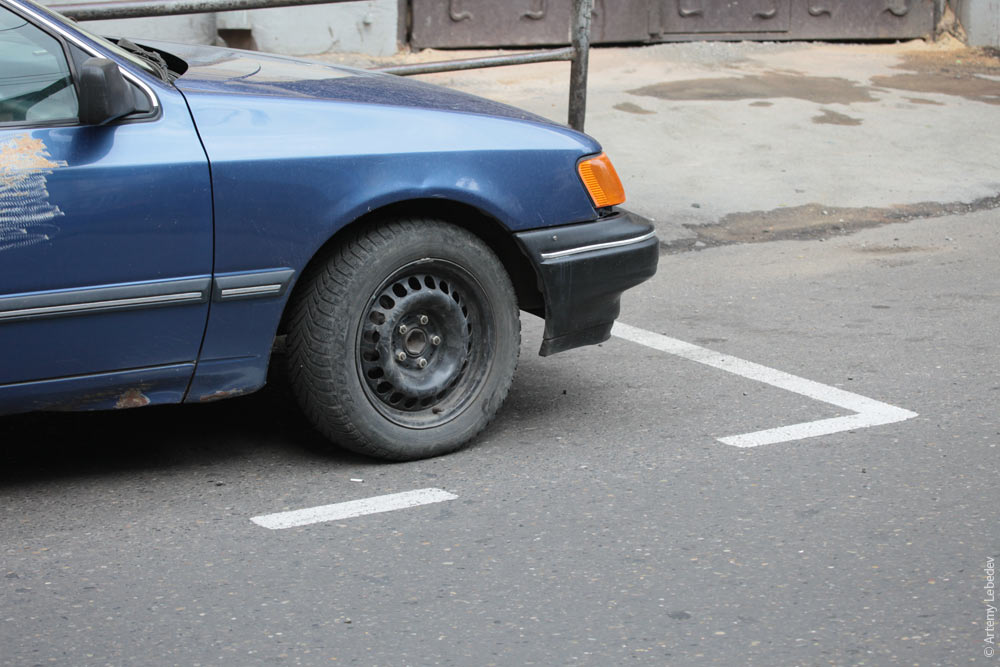 Rare traces of the city’s Soviet past still remain here and there. 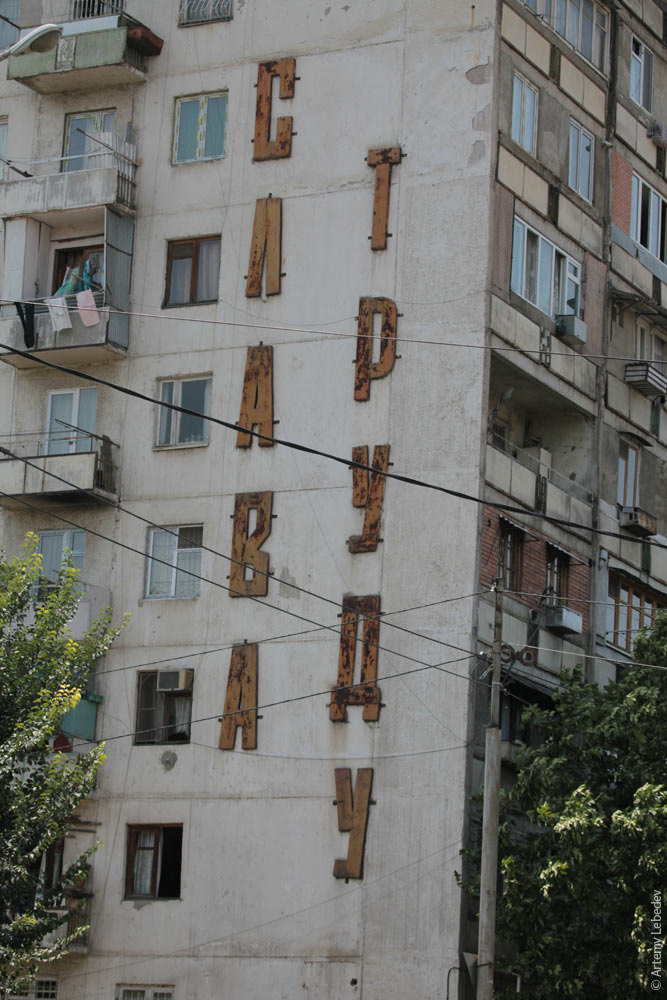 Glory to Labor Russian, which used to be the second most widely used language, has practically disappeared.  You can still come across a few old plaques. 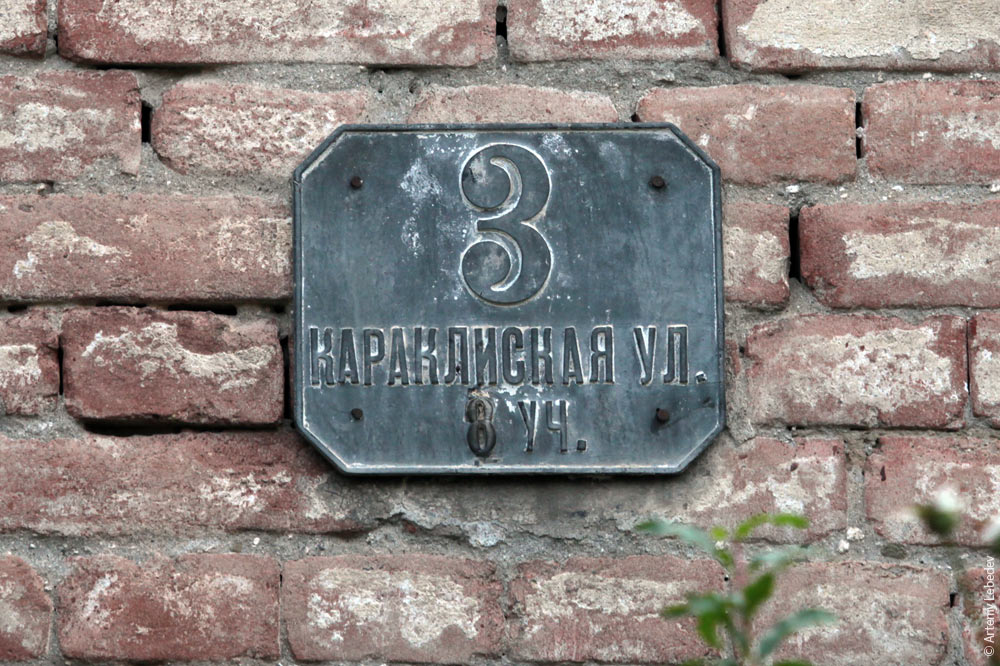 Karaklis St. Inscriptions in Russian still remain only because new signs haven’t been put up yet. 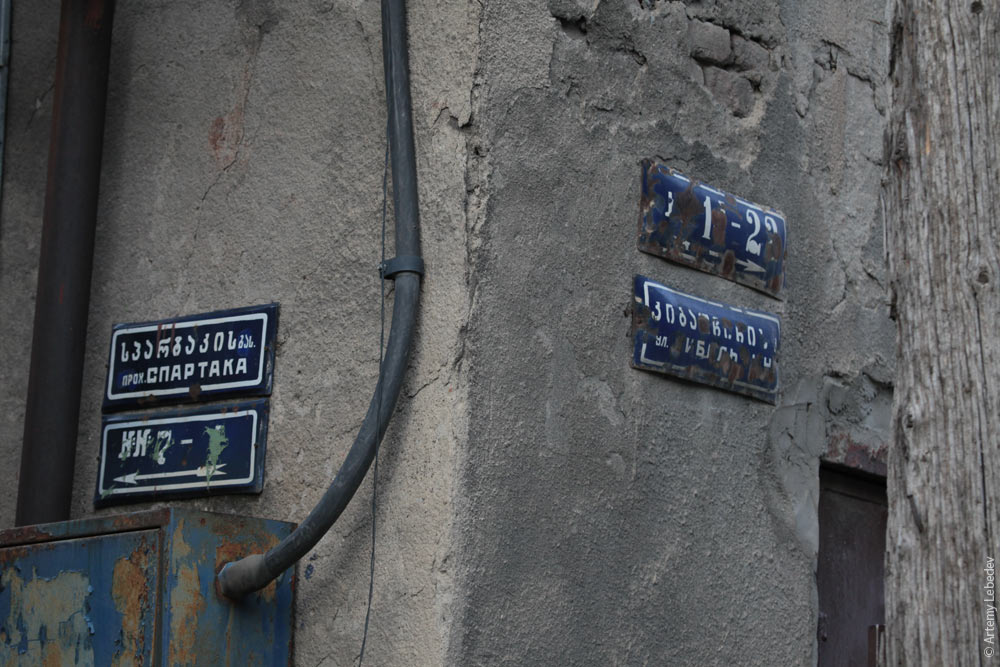 Spartacus Alley Some specimens are absolutely unbelievable. 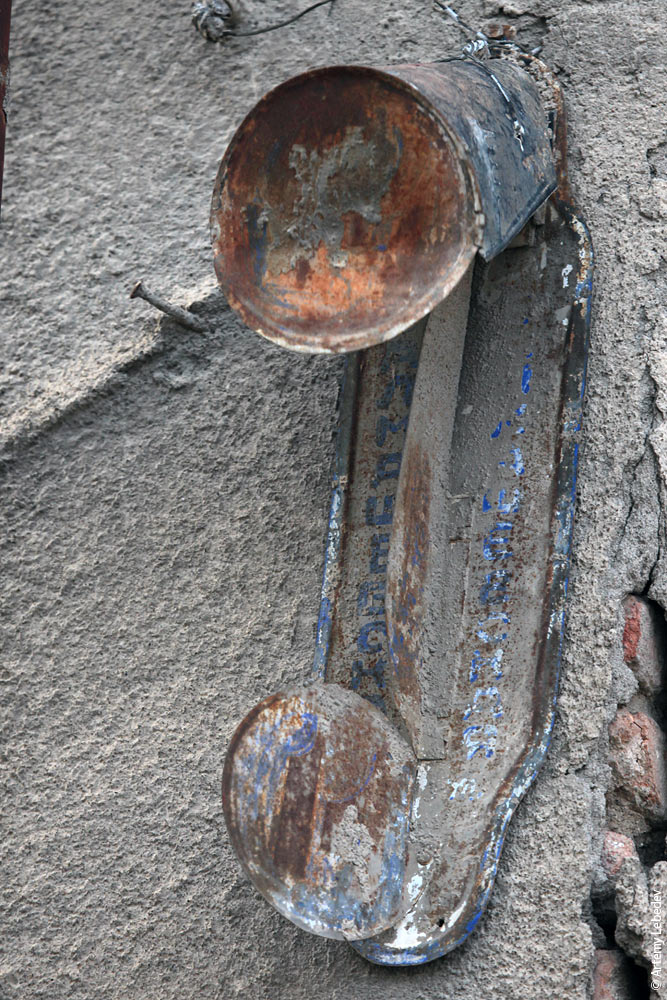
And you can even come across a few museum-worthy pieces (this is the type of sign that was used in 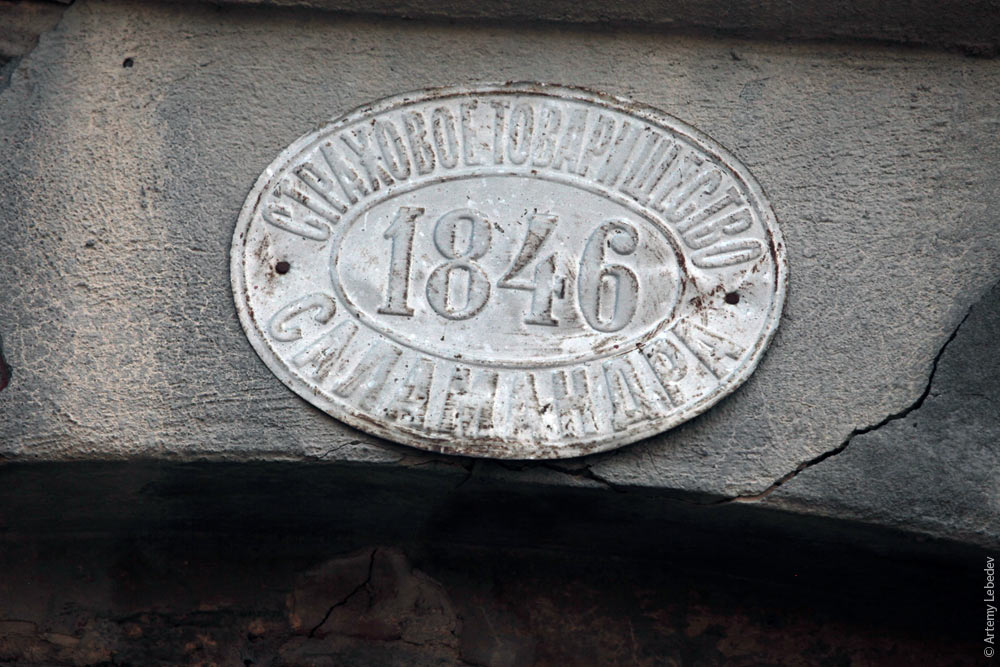 Salamander Insurance Partnership Now the second language is English. 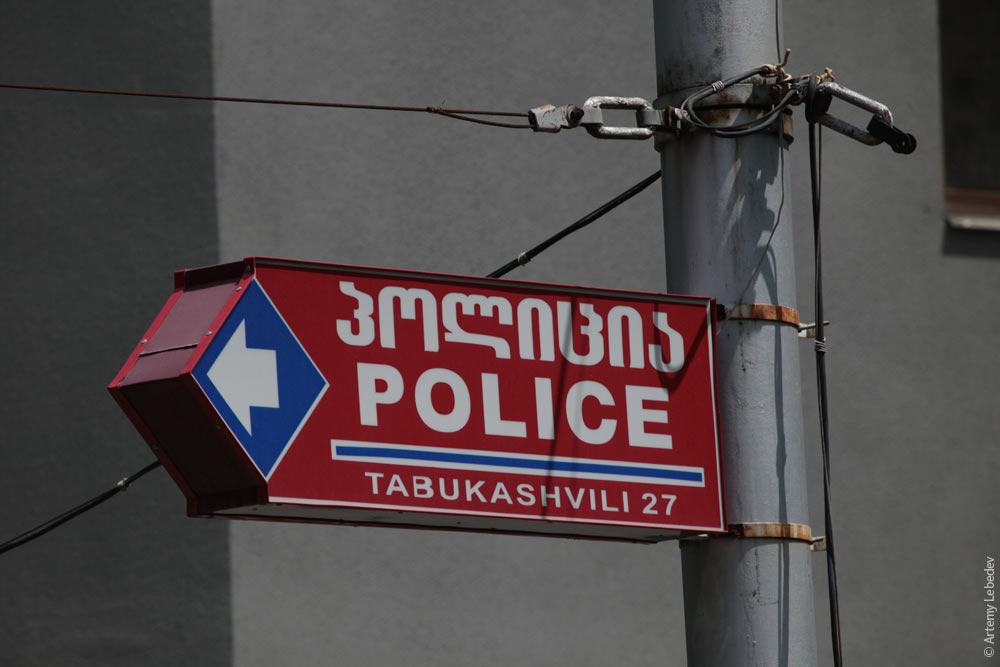 But the local color has remained the same. 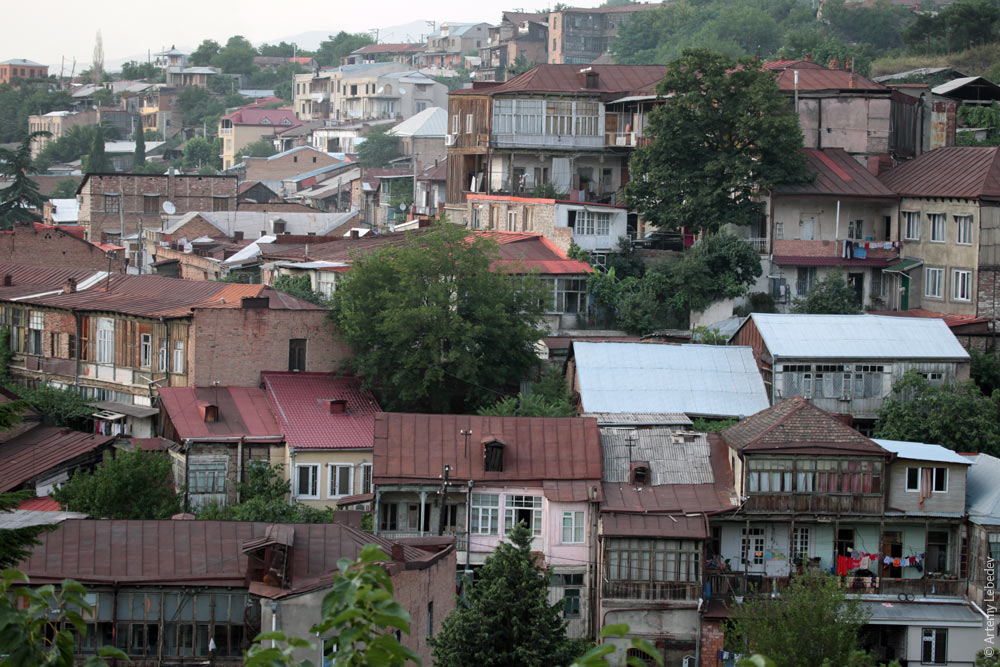 The back yards are still as picturesque and diverse as ever. 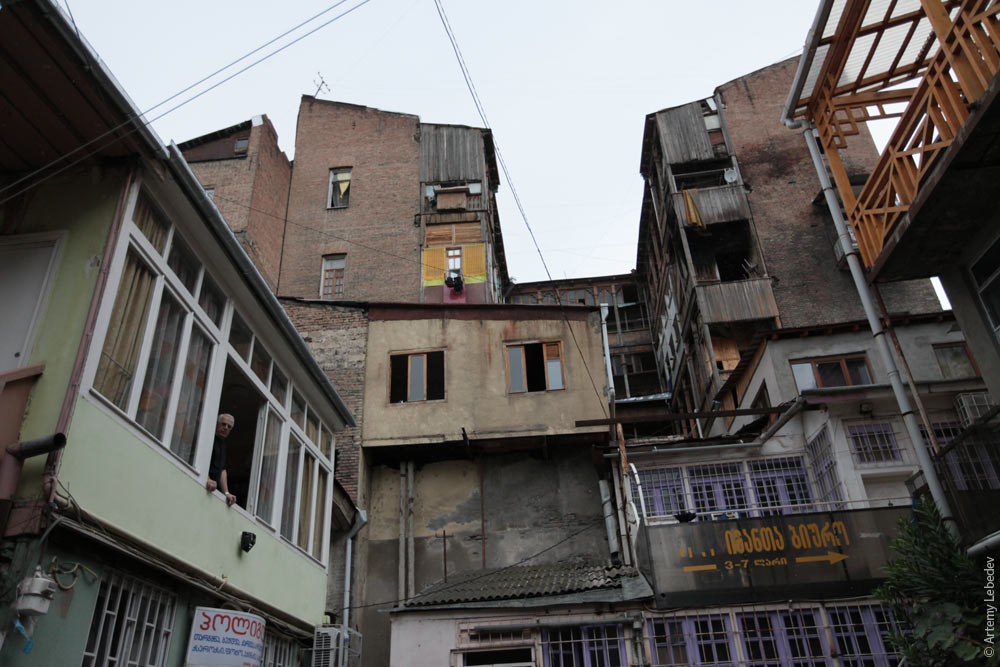 By the way, there are a lot of spiral staircases in the yards (compare to the fire escape staircases in Tenerife).  And there are stuffed animals drying on clotheslines in the back yards. Never seen that before. 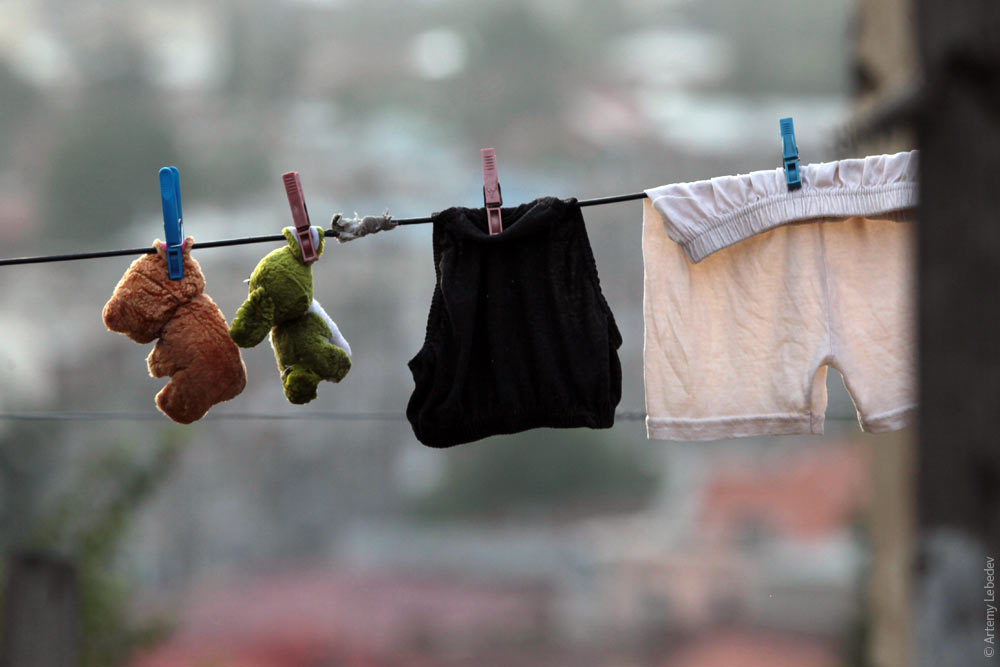 There’s always someone in the window or on the balcony of every single house. 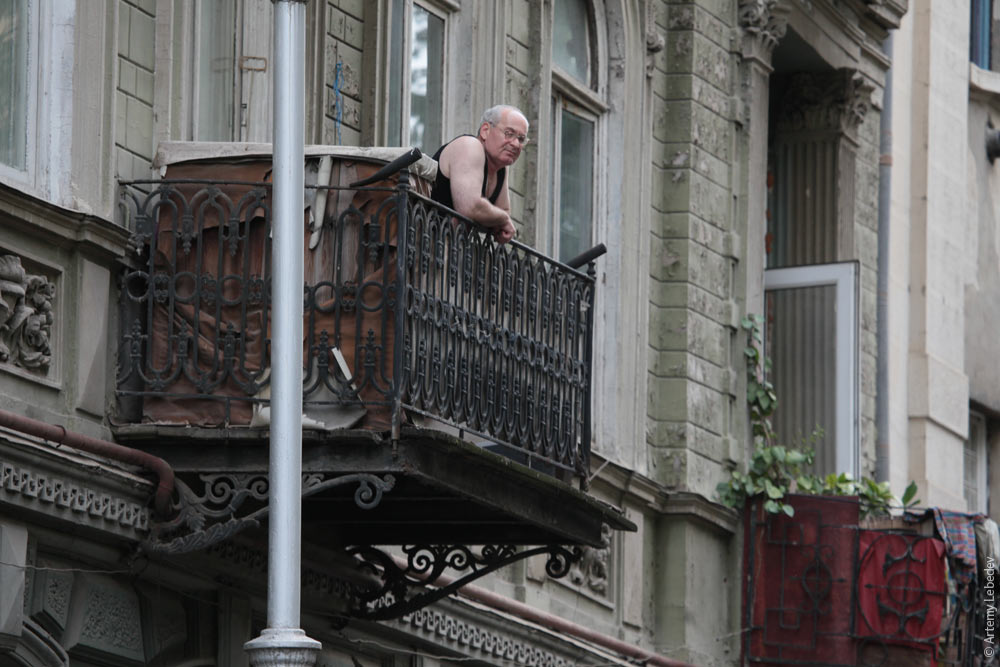 Everywhere you turn, it looks a Pirosmani painting come to life. 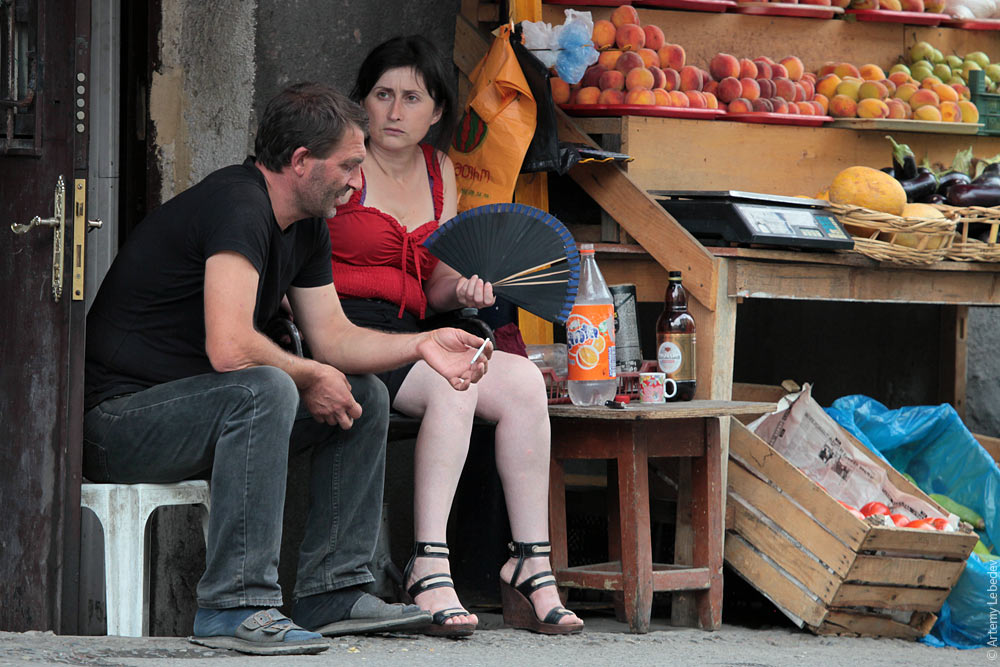 A pizza slice spying on the girls.  A little gypsy girl begging on the street. 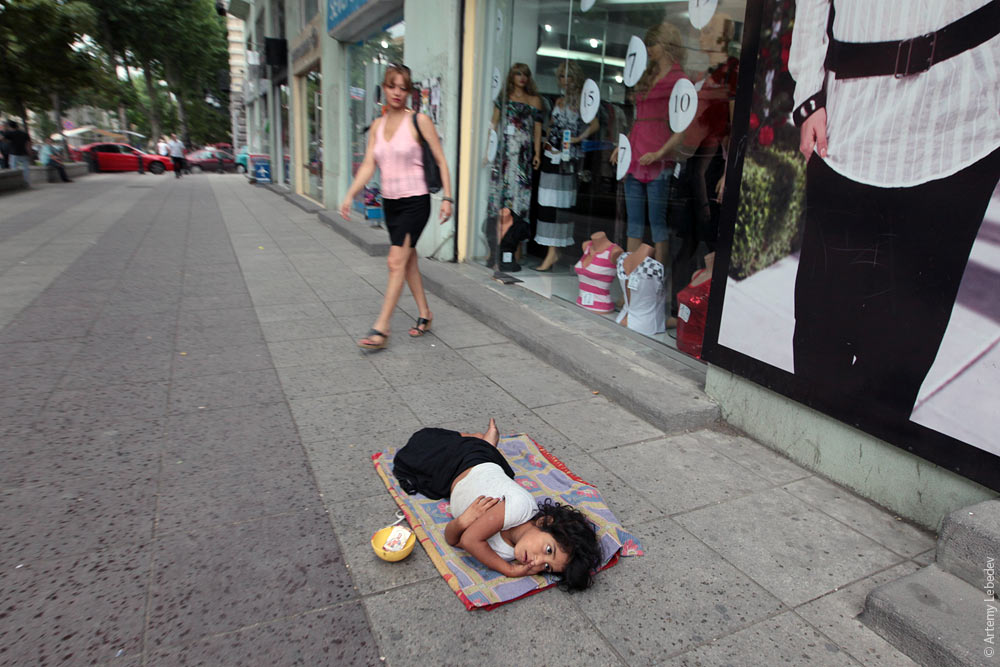 A mop seller going about her business. 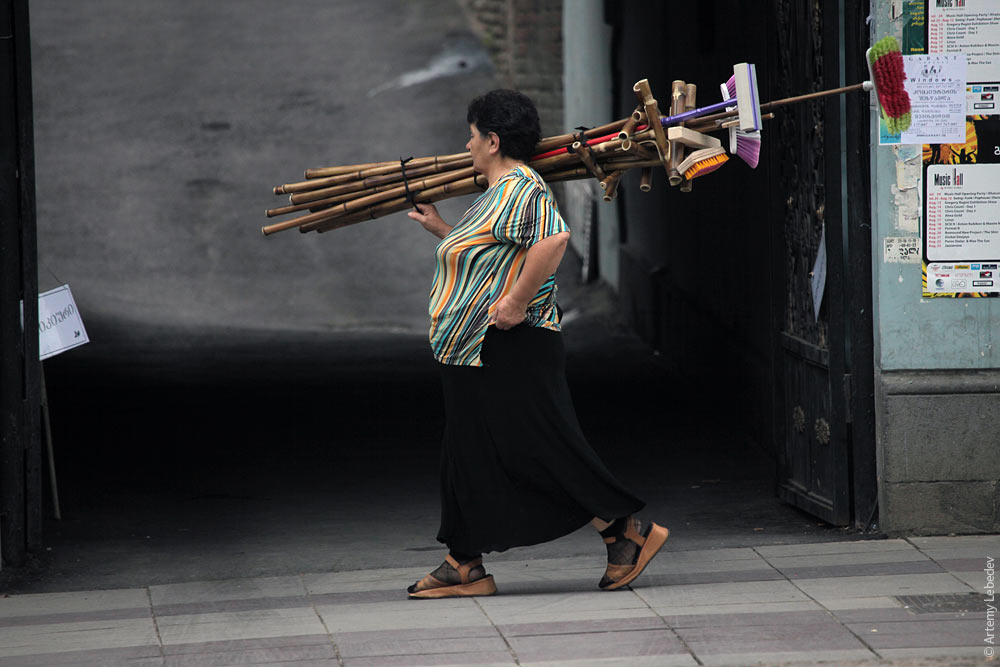 One of the most striking details is the “45 Degree Parking Angle” sign. Someone has yet to draw a lovelier little car. 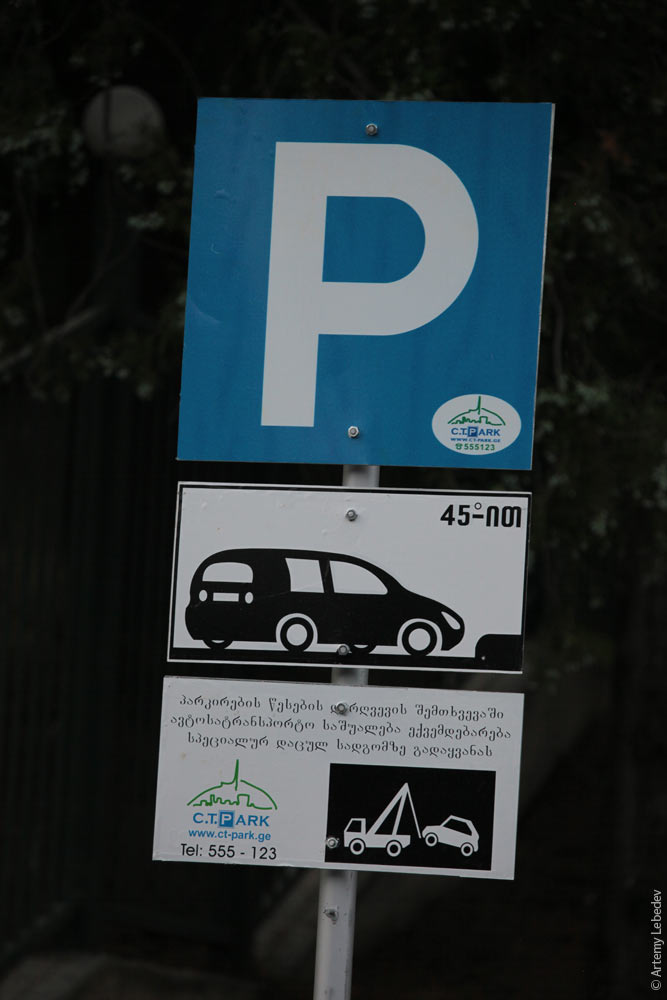 License plates come in two varieties: oblong and compact, like in Iceland. 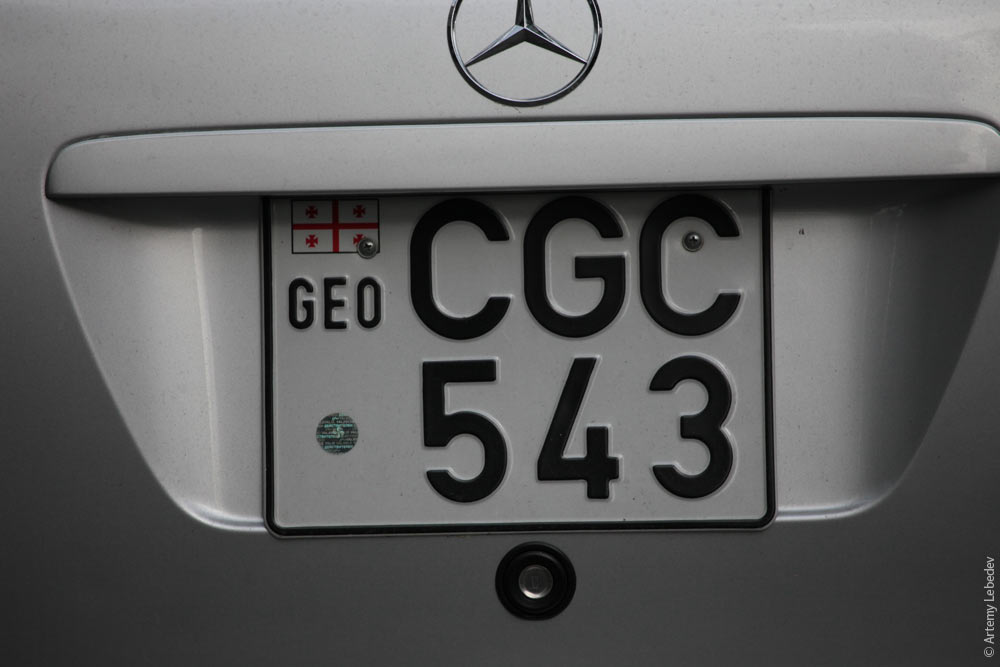 Electricity meters are located outside in the street, like in Laos. 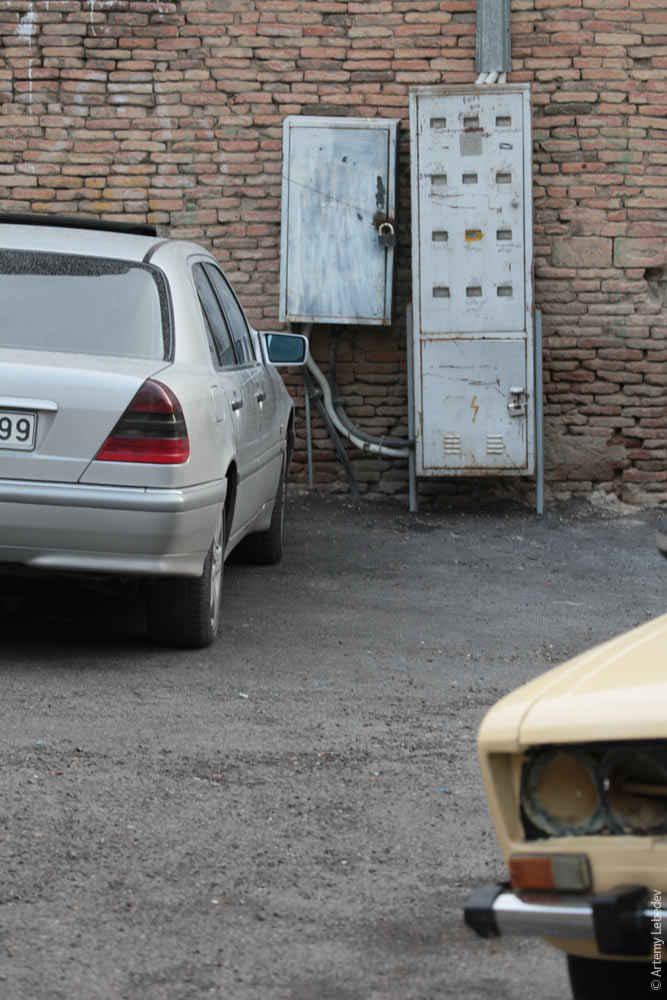 But there are power shortages at times, as evidenced by the generators standing outside some of the stores. 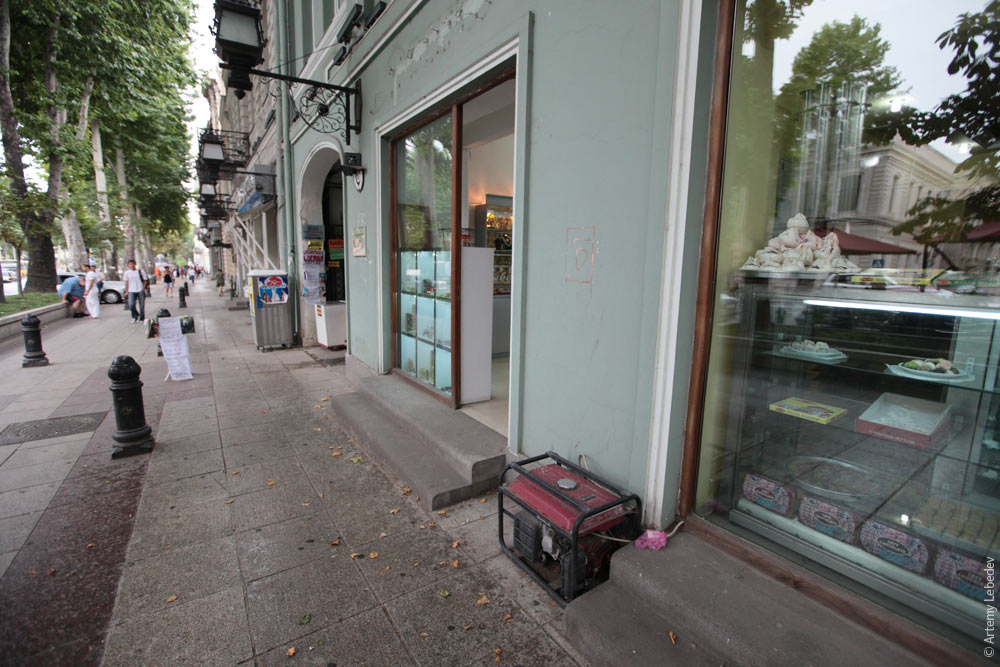 The main distinguishing feature of Tbilisi: red diagonal stripes on construction site fences. 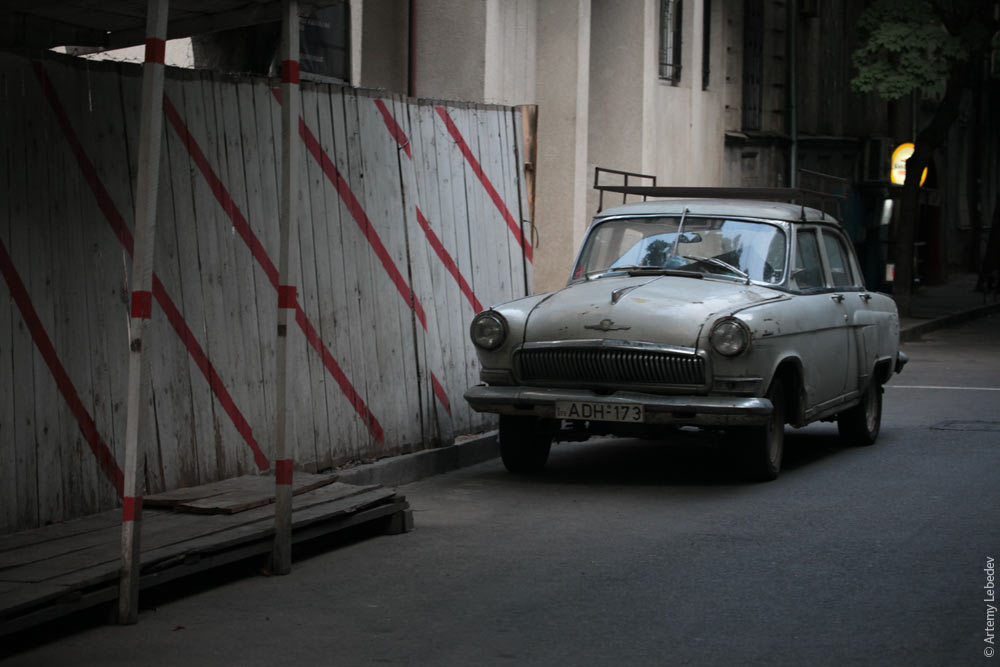 On the edge of the city, people sell watermelons straight out of their trunks. Once you’ve passed the watermelons, the highway begins. It runs through half the country and leads us to the second part of our story about Georgia.  |